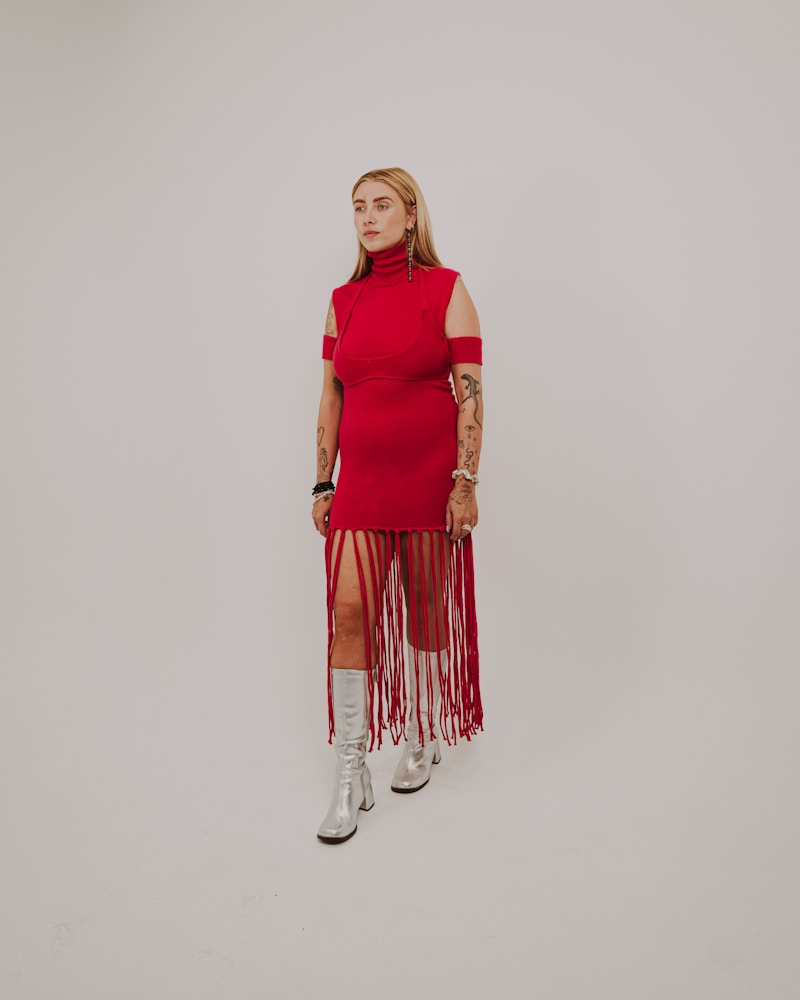Fashion Evolution: Rental Dresses Through the Years
Introduction to Fashion Evolution
The world of fashion is ever-changing, mirroring societal shifts and the influence of technology on how we consume clothing. One of the remarkable trends that has emerged in recent decades is the rise of rental dresses. This article will take you on a journey through the evolution of rental dresses over the years, exploring how they have transformed from a niche service to a mainstream trend that has redefined contemporary fashion.
The Emergence of Rental Fashion
Rental fashion began gaining traction in the early 2000s, primarily driven by the need for affordable yet trendy outfits for special occasions. The desire for sustainability further propelled this trend, as consumers became more conscious of their fashion choices. Rental services provided a solution, allowing users to access high-quality dresses without the long-term commitment of ownership.
The 2000s: The Introduction of Dress Rental Services
In the early years, rental dress services were limited to online platforms. One of the pioneers, Rent the Runway, launched in 2009, allowing women access to high-end designer dresses for special events. This service revolutionized the way women thought about dressing up. Instead of purchasing expensive dresses that might only be worn once, clients could now rent them at a fraction of the cost.
The 2010s: Growth and Mainstream Acceptance
As we moved into the 2010s, rental dresses became increasingly popular, with more companies entering the market. This decade saw the rise of subscription services, where customers could rent multiple outfits for a monthly fee. The growth of social media also played a significant role, as influencers and celebrities showcased rental fashion, making it desirable and acceptable.
| Year | Trend | Key Players |
| 2009 | Launch of Rent the Runway | Rent the Runway |
| 2010-2015 | Expansion of Online Platforms | Other rental companies |
| 2016-2019 | Subscription Models and Social Media Influences | Stitch Fix, Le Tote |
Impact of Technology on the Rental Dress Industry
The integration of technology into rental fashion cannot be overlooked. Innovations in the e-commerce space, such as virtual fitting rooms and AI-driven recommendations, have enabled customers to have a seamless shopping experience. Users can find the perfect outfit from the comfort of their homes while benefiting from personalized suggestions based on their style preferences.
The Present: Rental Dresses in Today's Fashion Landscape
Currently, the rental dress market is thriving, with options for virtually every occasion—from weddings to casual get-togethers. Various companies now offer inclusive sizing, ensuring that all individuals can enjoy access to rental fashion. The focus has shifted not only to affordability but also to sustainability, with brands emphasizing eco-friendly practices in their business models.
Factors Driving the Popularity of Rental Dresses
Several key factors contribute to the ongoing popularity of rental dresses:
- Affordability: Renting allows customers to wear designer dresses without paying the full retail price.
- Variety: A diverse range of styles and designers available at any given time attracts various fashion enthusiasts.
- Sustainability: The fashion industry has notorious waste issues; rental fashion promotes a circular economy, reducing the carbon footprint associated with clothing production.
- Convenience: Online rental services offer easy navigation and home delivery, making the process quick and user-friendly.
Future Trends in Rental Fashion
Looking ahead, several trends are forecasted to shape the future of rental dresses:
- Technology Integration: More advanced virtual fitting technologies will likely emerge, enhancing user experience and reducing return rates.
- Sustainable Practices: A greater emphasis on eco-friendly practices, including rental services sourcing sustainable materials, will become critical.
- Diverse Offerings: Companies may expand their inventory to cater to a broader audience, including limited edition items and collaborations with popular designers.
Conclusion: Embracing the Fashion Evolution
In summary, the evolution of rental dresses has paved the way for a new approach to personal style, focusing on accessibility, affordability, and sustainability. As the fashion industry continues to evolve, rental services will play a crucial role in shaping the future of how we think about clothing ownership and consumption. For anyone considering venturing into rental fashion, keep in mind the importance of selecting reputable services that prioritize quality and customer satisfaction.
